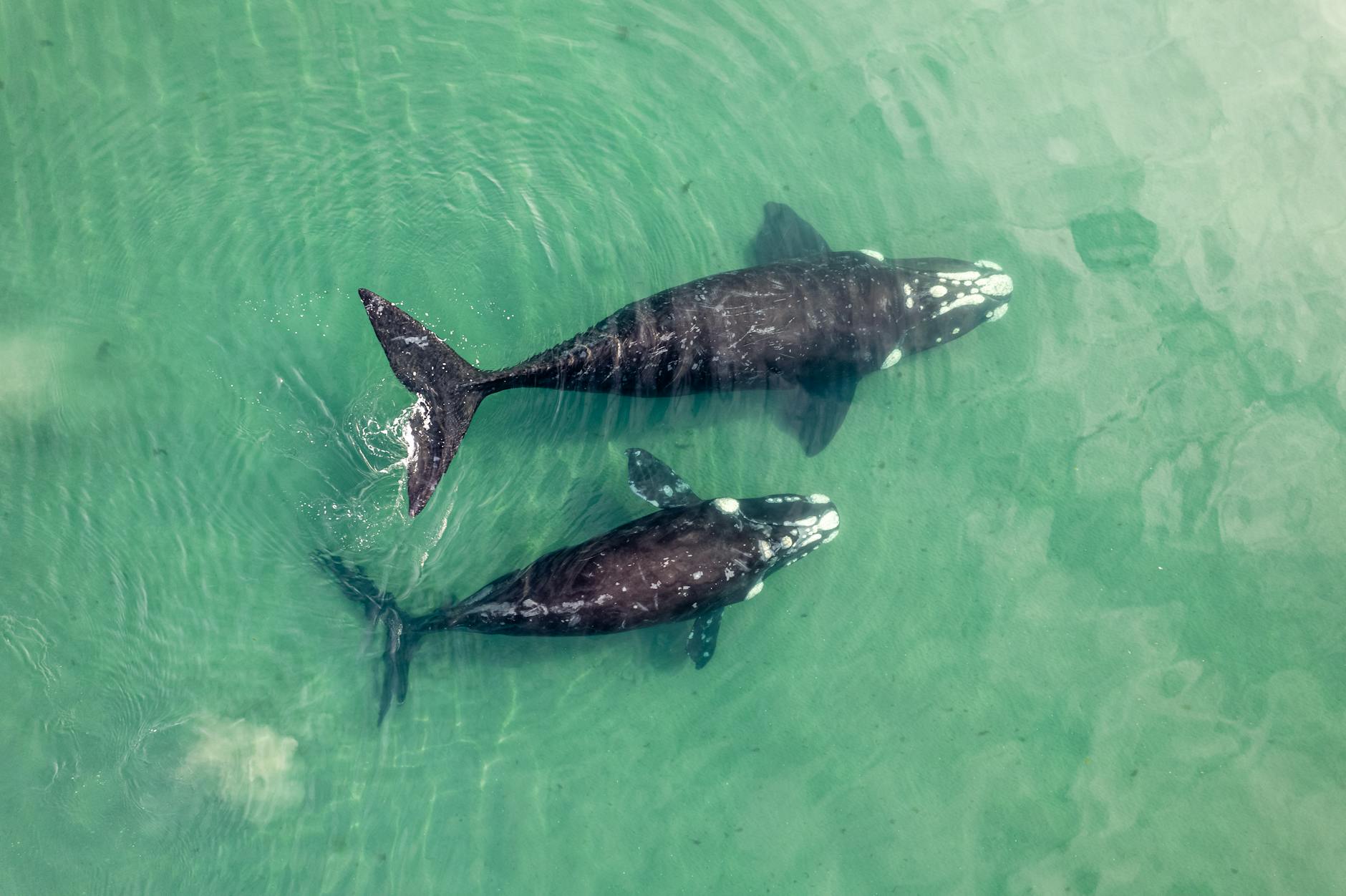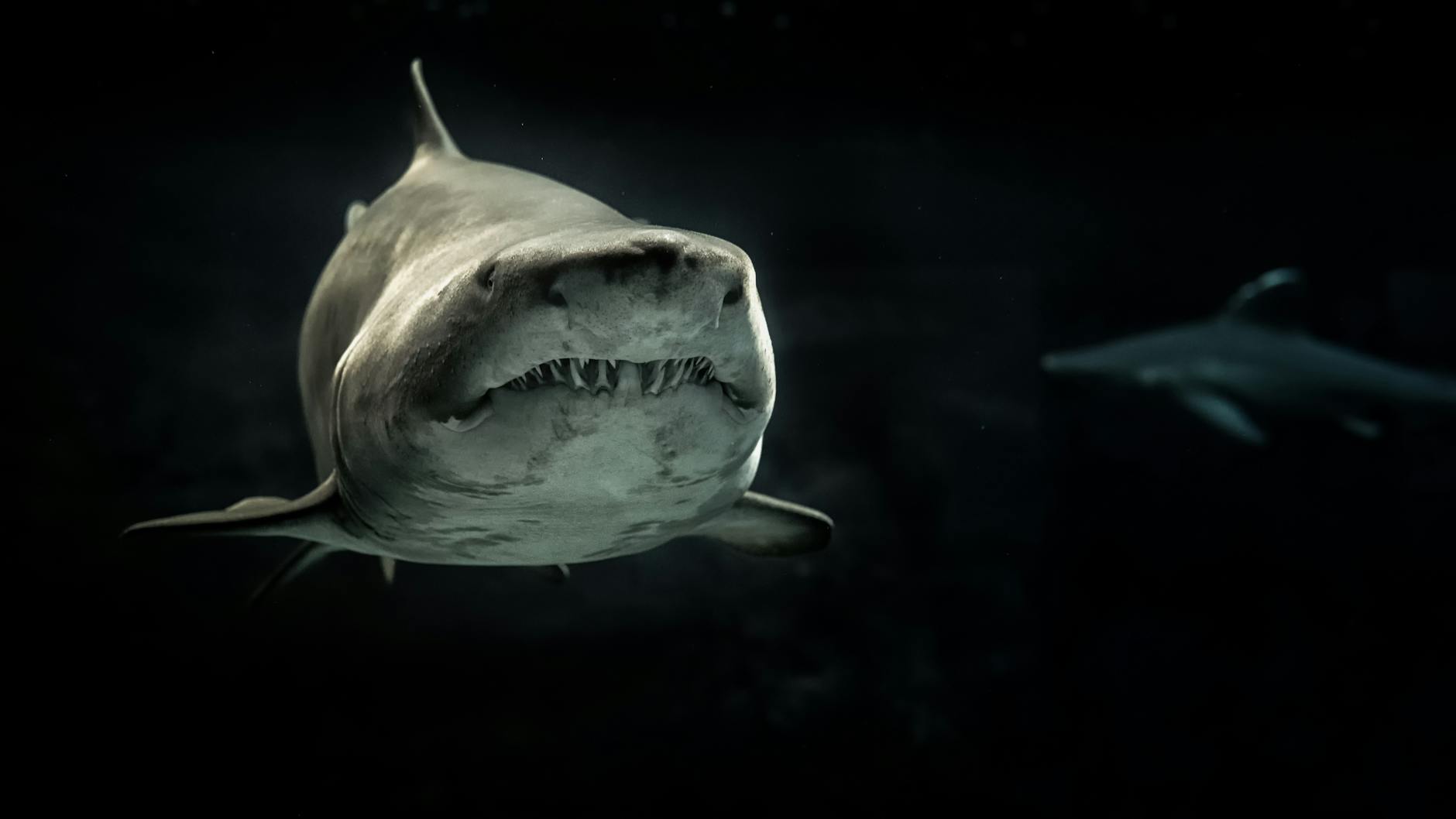Whales eat is an important for knowing their feeding. Whales captivate us with their size, intelligence, and graceful movements through the ocean. These fascinating creatures, ranging from the massive blue whale to the smaller dolphin, consume a vast array of marine life. But what exactly do whales eat? The diet of whales varies greatly based on species, habitat, and feeding technique.
In this article, we’ll dive deep into the food choices of different whale types. Explore their unique feeding methods. Then understand how their diets affect the marine ecosystem.
Like many of the other marine mammals that The Marine Mammal Center works with. As whales have an important role to play in our shared ecosystem.
Studying whales and the threats they face can provide insights into ocean and human health. Through our scientific studies to watch whales in San Francisco Bay and the Greater Farallon’s. The Center can find ways to better protect these precious creatures.
Background Information:
Whales are divided into two groups. The first group of whales is toothed whales or odontocetes. Toothed whales, such as the sperm whales, beluga whales, porpoises and dolphins (including Orcas). Then use their teeth to capture, bite, and swallow prey. The main feeding method used by toothed whales is called biting.
The second group is baleen whales, also known as masticates. Baleen whales use baleen, a bristle like structure that hangs down from a whale’s top jaw. To filter and strain large quantities of water while capturing smaller prey like schooling fish or krill in their mouth.
Like hair and fingernails, baleen is made of keratin protein. The three distinct feeding methods used by baleen whales are called skimming, gulping, and bubbling. For the purposes of this activity, we will call baleen whales skimmers, gulpers, and bubblers and the toothed whales will be called biters.
Hunting and Feeding Habits of Whales
Skimmers:
The bowhead and right whales are examples of baleen whales that feed by skimming the surface of the water with their mouths open. These types of whales eat floating zooplankton and other very small organisms on and near the surface of the water.
Gulpers:
The roqual whales (blue, humpback, fin, sei, minke, and Bryde’s) have pleats in their throats that allow them to expand. More it takes in large amounts of water and prey.
When feeding, these whales dive down and when they are below a ball of prey, they will swim to the surface with their mouths wide open and scoop the water and prey into their stretched mouths.
Bubblers:
Humpback and Bryde’s whales are also known for using a technique called bubble feeding. These whales trap food in a certain area by swimming in a circle under the water and releasing a ring of bubbles around their prey. The bubbles scare the prey into a concentrated ball where they can then feed upon them more efficiently.
Biters:
Whales like sperm whales and orcas feed by simply chasing and biting individual or small groups of prey. This strategy is often better equipped for smaller, faster moving whales who need less food mass. These whales are often toothed whales rather than baleen whales who use their mouths to filter out prey from the water.

Categories of Whales: Toothed vs. Baleen
Whales belong to two main categories based on their feeding mechanisms: toothed whales and baleen whales. This distinction largely determines their diet.
- Toothed Whales: These whales have teeth and generally hunt individual prey. Species in this category include sperm whales, killer whales (orcas), dolphins, and porpoises.
- Baleen Whales: These whales have baleen plates instead of teeth. They use these plates to filter food from the water, consuming a diet of small marine organisms. Baleen whales include blue whales, humpback whales, gray whales, and minke whales.
Toothed Whales: Hunting and Eating Prey
Toothed whales primarily eat fish, squid, octopus, and sometimes other marine mammals. Let’s look at the dietary habits of some notable toothed whale species:
- Sperm Whales: Known for their deep dives, sperm whales mainly hunt squid, including the elusive giant and colossal squid. They dive thousands of feet below the surface to locate their prey. Sperm whales use echolocation to detect and hunt their prey in the dark depths of the ocean.
- Killer Whales (Orcas): Orcas are highly versatile eaters. They prey on fish, squid, seals, sea birds, and even other whales. Orcas use teamwork to hunt, forming pods to take down larger animals. Different orca groups have unique hunting techniques and diets. They often passed down through generations.
- Dolphins: These social, intelligent creatures eat a variety of fish and squid. Dolphins use echolocation to find prey, making them skilled hunters. Bottlenose dolphins sometimes even “herd” fish. More it corralling them into tighter groups for easier hunting.
- Beluga Whales: Belugas live in colder waters and feed on fish, shrimp, crab, and clams. Known as “sea canaries” for their vocalizations, belugas have flexible necks, allowing them to look around for prey in shallower waters.
Baleen Whales: Filter Feeding at Its Finest
Baleen whales primarily consume krill, plankton, and small fish. Their baleen plates, made of keratin, enable them to filter vast quantities of food from the water. Here’s what some baleen whales eat:
- Blue Whales: The largest animal on Earth, the blue whale feeds almost only on tiny shrimp-like creatures called krill. During feeding season, a blue whale may consume up to 4 tons of krill per day! They engulf large amounts of water and then push it out through their baleen plates, trapping the krill.
- Humpback Whales: Humpbacks have a varied diet of krill and small fish, such as herring and anchovies. They are known for their unique “bubble-net feeding” technique. A group of humpbacks will circle a school of fish, blowing bubbles that trap the fish, making them easier to capture in one big gulp.
- Gray Whales: Gray whales are bottom feeders. They dive to the ocean floor, roll on their sides, and use their baleen to filter small crustaceans and other invertebrates from the sediment. They often leave behind “feeding pits” on the ocean floor, which can be seen long after they’ve moved on.
- Minke Whales: Minke whales, among the smallest baleen whales, have a diet of small schooling fish like sardines and anchovies, as well as krill. These whales feed close to the surface, sometimes lunging through schools of fish with their mouths wide open.
Feeding Techniques: How Do Whales Catch Their Food?
Whales have developed remarkable feeding techniques to capture their prey. Let’s explore a few of these methods:
- Echolocation: Toothed whales like dolphins and sperm whales use echolocation to locate prey. They emit sounds that bounce off objects, helping them “see” underwater even in complete darkness.
- Lunge Feeding: Baleen whales, such as blue and fin whales, often use lunge feeding. They open their mouths wide and speed up toward schools of prey, engulfing massive amounts of water. They then push the water out through their baleen, leaving the prey trapped inside.
- Bubble-Net Feeding: This technique, used by humpback whales, is a team effort. A group of whales swims in a circle while blowing bubbles. However, creating a “net” that traps fish in a concentrated area, making it easier for the whales to gulp them up.
- Bottom Feeding: Gray whales use bottom feeding. They swim to the ocean floor, sucking up mud and silt along with small invertebrates. After filtering out their prey, they expel the remaining mud and sand.
- Cooperative Hunting: Orcas are masters of cooperative hunting. They work together in pods, often using complex strategies to capture prey. For instance, some orcas in the Antarctic have learned to create waves that wash seals off ice floes.
How Much Do Whales Eat?
The amount of food a whale consumes varies based on its size and species. Baleen whales, which eat small organisms, often consume thousands of pounds of food each day. For instance:
- Blue whales: 4 tons of krill daily during feeding season.
- Humpback whales: Up to 3,000 pounds of fish or krill each day.
- Gray whales: Around 2,400 pounds of small crustaceans daily.
Toothed whales, on the other hand, consume smaller amounts but may eat more frequently. An orca, for example, can eat between 100 and 300 pounds of food daily, depending on its diet and activity level.
Seasonal Feeding Habits
Many whale species follow seasonal feeding patterns. During feeding season, whales migrate to areas rich in food, such as the cold waters near the poles. In these regions, krill and other small organisms thrive, providing ample food. Whales consume large amounts of food during this time to build up blubber. which sustains them during their migration to breeding grounds in warmer waters, where food may be scarce.
The Impact of Whale Feeding on the Ecosystem
Whales play a crucial role in maintaining a balanced marine ecosystem. By feeding on large amounts of krill, plankton, and fish. Whales help regulate populations of these species. Who preventing any one group from dominating the ecosystem.
Moreover, whale waste, rich in iron and nitrogen, acts as a natural fertilizer for the ocean. This “whale pump” effect boosts phytoplankton growth, which in turn provides food for small fish and other marine life. Phytoplankton also absorbs large amounts of carbon dioxide from the atmosphere, making whales indirectly helpful in combating climate change.
Conservation and Threats to Whale Diets
Unfortunately, human activities threaten the availability of food for whales. Climate change, overfishing, and pollution are major concerns:
- Climate Change: Rising ocean temperatures and melting ice affect krill populations. The primary food source for many baleen whales. Reduced krill populations could force whales to travel farther or eat less, impacting their health.
- Overfishing: Commercial fishing industries deplete fish stocks. That making it harder for toothed whales to find prey. Some species, like orcas, may struggle to find enough food in areas affected by heavy fishing.
- Pollution: Plastic waste and chemical pollutants can contaminate the water, making marine life toxic for whales to consume. Microplastics are a growing concern. As they enter the food chain and can be ingested by whales, especially baleen species.
Conclusion
Whales display a remarkable diversity in their diets, with species adapted to consume everything from tiny plankton to other large marine mammals. Their feeding habits not only sustain them but also help maintain the balance of marine ecosystems.
Understanding what whales eat and protecting their food sources is vital for their survival and the health of our oceans. As we learn more about these magnificent creatures. It becomes clear that their presence is essential to the ocean’s wellbeing and to our own. By protecting their habitats and minimizing our environmental impact. We can help ensure that these giants of the sea continue to thrive for generations to come.




Pingback: Top 6 Reason Why Are Blue Whales Endangered Animals